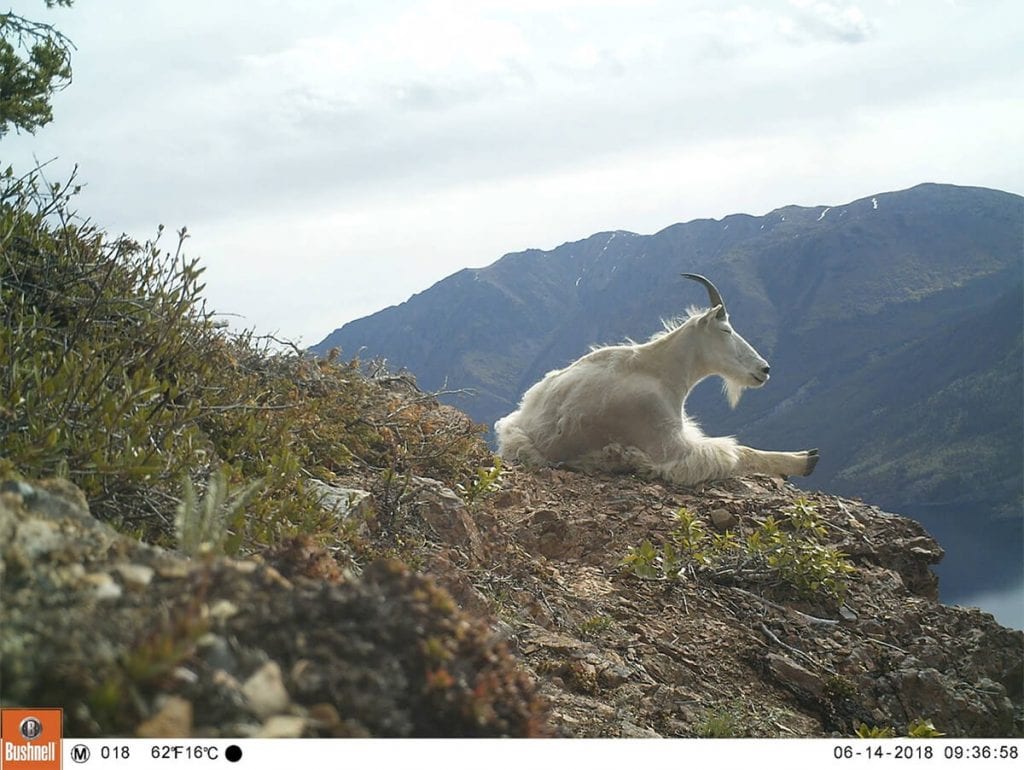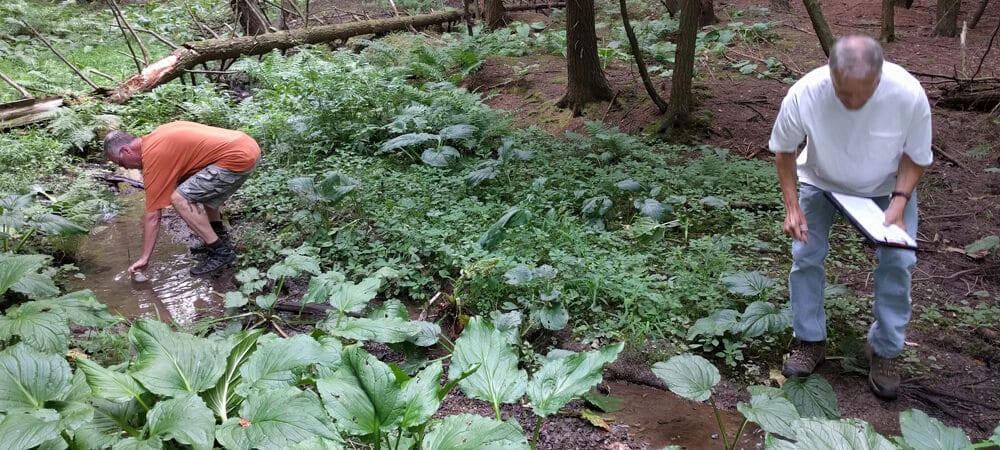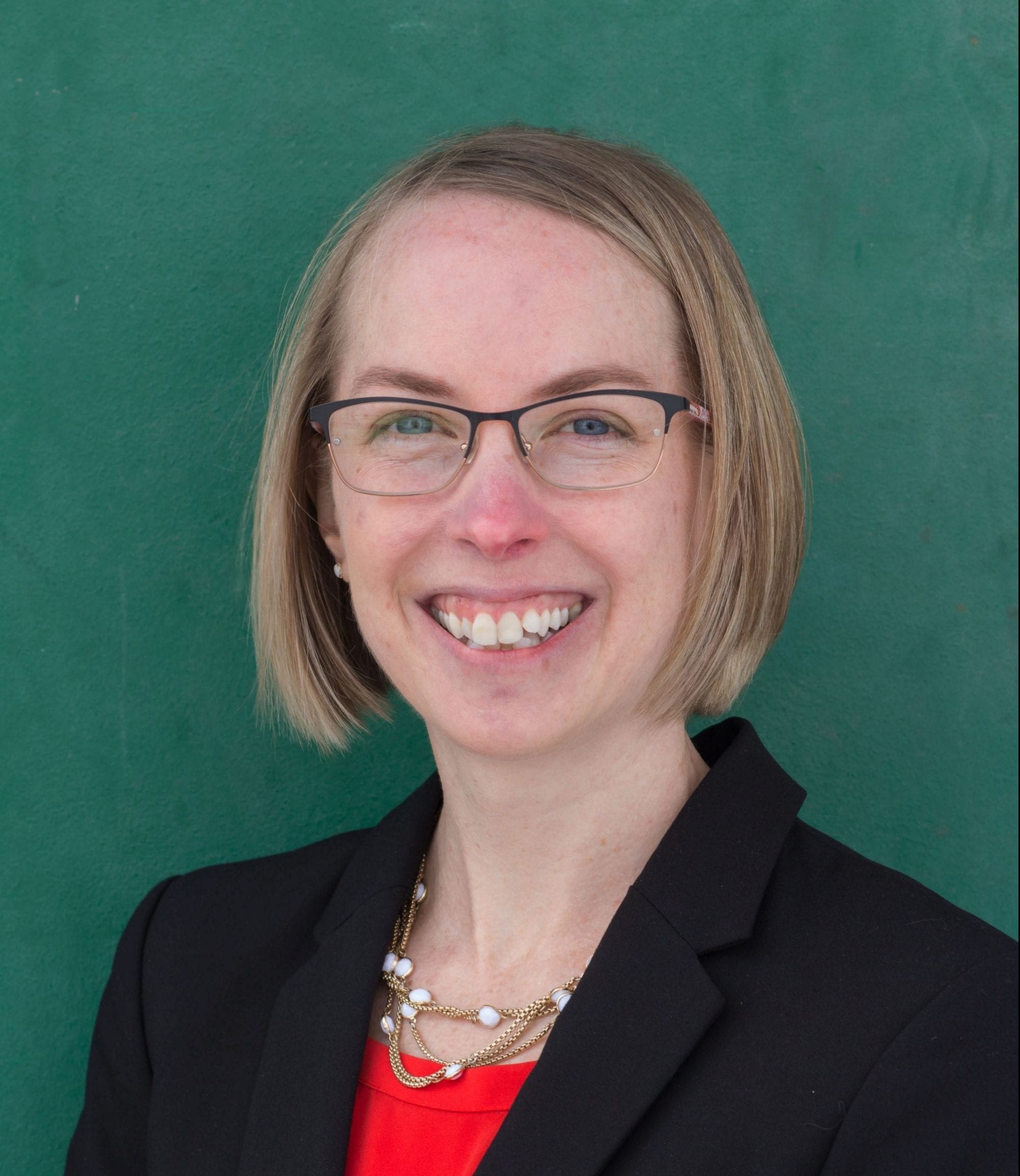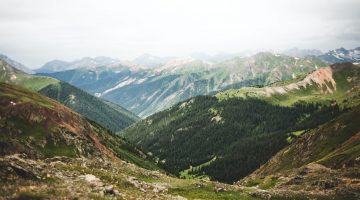Do you have a burning scientific question that you want to help answer? Does your community have an issue that they want to explore? Are you a teacher and/or parent hoping to engage students in the world of scientific discovery?
CitSci.org, a free online platform that provides tools and resources for anyone interested in creating or joining a citizen science project, allows individuals to pursue their interests in the scientific world.
CitSci.org was developed through the Natural Resources Ecology Lab at Colorado State University as an initiative to promote citizen involvement in scientific research. Since its launch in 2007, the CitSci.org platform has supported hundreds of community-driven citizen science projects involving thousands of participants who have generated close to a million scientific measurements around the world.

What is Citizen Science?
Citizen science enlists the public in collecting large quantities of data across an array of habitats and locations over long spans of time. Projects that involve citizen scientists are burgeoning, particularly in ecology and the environmental sciences (Silvertown 2009).
Citizen science projects have provided a vast quantity of data that have advanced scientific knowledge within the disciplines of ornithology, paleontology, astronomy, atmospheric sciences, botany and herpetology. Most citizen science projects also strive to help participants learn about the organisms they are observing and to experience the process by which scientific investigations are conducted (Bonney et al 2009).

Create, Manage, Analyze Citizen Science Projects For Free
The CitSci.org platform provides free and universal access for anyone to create citizen science projects. CitSci.org supports the entire data life cycle from collecting data to producing useful information by providing a centralized system for project coordinators. More specifically, the CitSci.org platform provides five key features to its users:
1. Create projects
Once the basics of the project are created, such as its name, goals and tasks involved in participating, the project is added to CitSci.org, and can be shared with SciStarter to help recruit participants.
2. Manage members
There are multiple settings for how people sign-up for the citizen science project, including options for public or private membership. Project coordinators can send emails from the platform to members of their project, keep track of who’s submitting data, and customize the sampling sites each member is assigned to.
3. Build datasheets
The datasheet creator allows users to create customized datasheets for their projects. The datasheets are made available to the volunteers in the project for print, web, or mobile use.
4. Analyze data
Collected data can be analyzed over time with basic summary statistics, be shown as scatterplots to compare two different variables, and more. Data can be exported as an Excel spreadsheet or CSV file.
5. Evaluate success
Project coordinators can create their own surveys to get feedback from members to understand what’s working (and what’s not) and conduct program evaluations.
These are just a few of the key features offered by CitSci.org. Users can also upload existing data collected prior to creating the project on CitSci.org site, upload photos to accompany observations and general photos showcasing the project, share content with built-in wikis, host discussion forums, and integrate automatically with other citizen science platforms.

Grounded in Research
Every aspect of CitSci.org, from its design to implementation, was inspired by previous research findings, including those of actual citizen science projects (Crall et al. 2011; Crall et al. 2012; Crall et al. 2010; Gray et al. 2017; Newman et al. 2017; Newman et al. 2012; Newman et al. 2010), research findings related to citizen science platform design (Edelson et al. 2018; Hoffman 2015; Sturm et al. 2017; Switzer et al. 2012), and research findings on citizen science volunteer needs (Longan 2007; Van Den Berg et al. 2009).
From this research, CitSci.org has three stated goals:
- Support the full spectrum of citizen science needs
- Elevate the rigor of citizen science data
- Improve data standardization, interoperability, integration, accessibility, and dissemination.
These goals have helped CitSci.org successfully grow a citizen citizen platform that touts 951 projects which have contributed a total of 1,184,642 measurements for analysis to answer local, regional and/or global questions. Consider CitSci.org to create or join a citizen science project.

Dr. Cheryl L. Bowker
Associate Director – STEM Center
Cheryl has worked at the STEM Center since 2013 and has evaluated and managed several STEM education projects. Cheryl enjoys impassioned discussions about research, education, and insects. Check out the Staff page for contact details.
Disclaimer: The thoughts, views, and opinions expressed in this post are those of the author and do not necessarily reflect the official policy or position of Colorado State University or the CSU STEM Center. The information contained in this post is provided as a public service with the understanding that Colorado State University makes no warranties, either expressed or implied, concerning the accuracy, completeness, reliability, or suitability of the information. Nor does Colorado State University warrant that the use of this information is free of any claims of copyright infringement. No endorsement of information, products, or resources mentioned in this post is intended, nor is criticism implied of products not mentioned. Outside links are provided for educational purposes, consistent with the CSU STEM Center mission. No warranty is made on the accuracy, objectivity or research base of the information in the links provided.
Disclaimer: The thoughts, views, and opinions expressed in this post are those of the author and do not necessarily reflect the official policy or position of Colorado State University or the CSU STEM Center. The information contained in this post is provided as a public service with the understanding that Colorado State University makes no warranties, either expressed or implied, concerning the accuracy, completeness, reliability, or suitability of the information. Nor does Colorado State University warrant that the use of this information is free of any claims of copyright infringement. No endorsement of information, products, or resources mentioned in this post is intended, nor is criticism implied of products not mentioned. Outside links are provided for educational purposes, consistent with the CSU STEM Center mission. No warranty is made on the accuracy, objectivity or research base of the information in the links provided.
Get Notified of New Posts
Subscribe and receive email notifications about new posts directly in your inbox.



